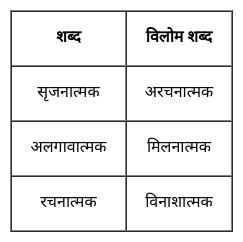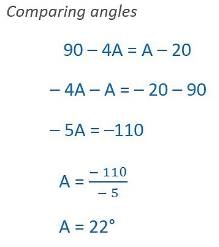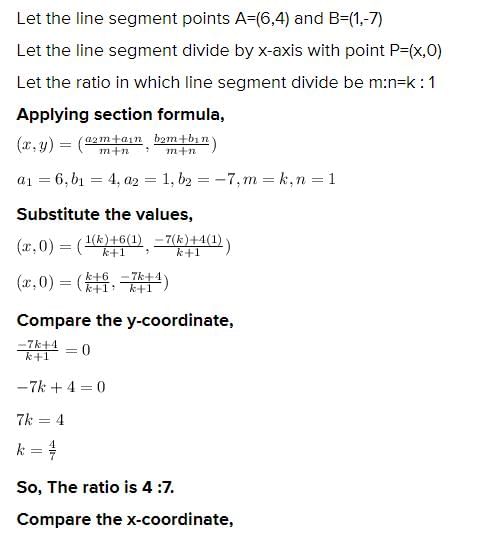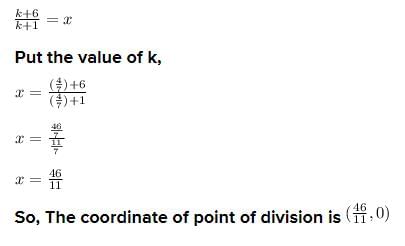KVS TGT Math Mock Test - 10 - KVS PGT/TGT/PRT MCQ
30 Questions MCQ Test - KVS TGT Math Mock Test - 10
How many sessions of the Constituent Assembly were held between December 9, 1946, and August 14, 1947?
Which of the following stadiums is situated in Barcelona, Spain, and is the home ground of FC Barcelona?
Directions to Solve
In each of the following questions find out the alternative which will replace the question mark.
Question -
Race : Fatigue :: Fast : ?
The characteristics of a reflective thinking learner are
1. Always ask ‘why?'
2. Predominantly subject centered.
3. Relate new information to past experiences.
4. Students only cram the facts.
5. Examine their feelings about what they are learning.
Select the correct options:
Which of the following statement is correct?
I. When parents and the community are involved in the development of the curriculum, the same curriculum becomes easy and interesting.
II. Community and parent involvement help in creating curriculum and learning materials that reflect the daily lives of children in society.
A light house throws light forming sector of radius 21 m with central angle 120∘. The area covered by it is
What is the quadratic polynomial whose sum and the product of zeroes is √2, ⅓ respectively?
If α and β are the zeroes of the polynomial 5x2 – 7x + 2, then sum of their reciprocals is:
Direction: Child labour refers to any work or activity that deprives children of their childhood. It is a violation of children's rights. This can harm them mentally or physically. It also exposes them to hazardous situations or stop them from going to school. Naman got data on number of child labours (in million) in different country that is given below.
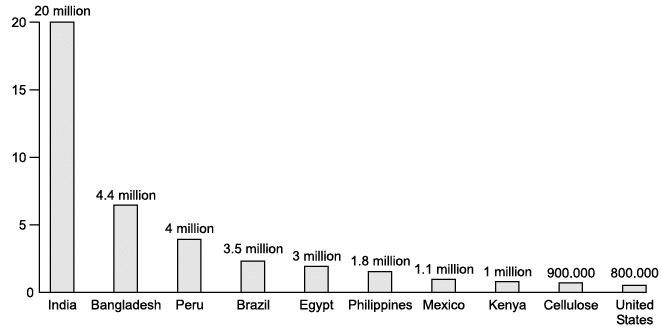
Q. Name the country which has 1 million child labour.
The mean of a data set with 12 observations is calculated as 19.25. If one more value is included in the data, then for the new data with 13 observations, mean becomes 20. Value of this 13th observation is
If sec 4A = cosec (A-20°),where 4A is an acute angle, find the value of A
If a chord of a circle of radius14cm subtends a right angle at the centre of the circle, then the area of the sector is
Progressions with equal common difference are known as
The number of terms of the A.P. 5, 8, 11, 14, ……. to be taken so that the sum is 258 is
One of the roots of the quadratic equation a2x2−3abx+2b2 = 0 is
Find the ratio in which the line joining the points (6, 4) and (1, –7) is divided by x-axis.



